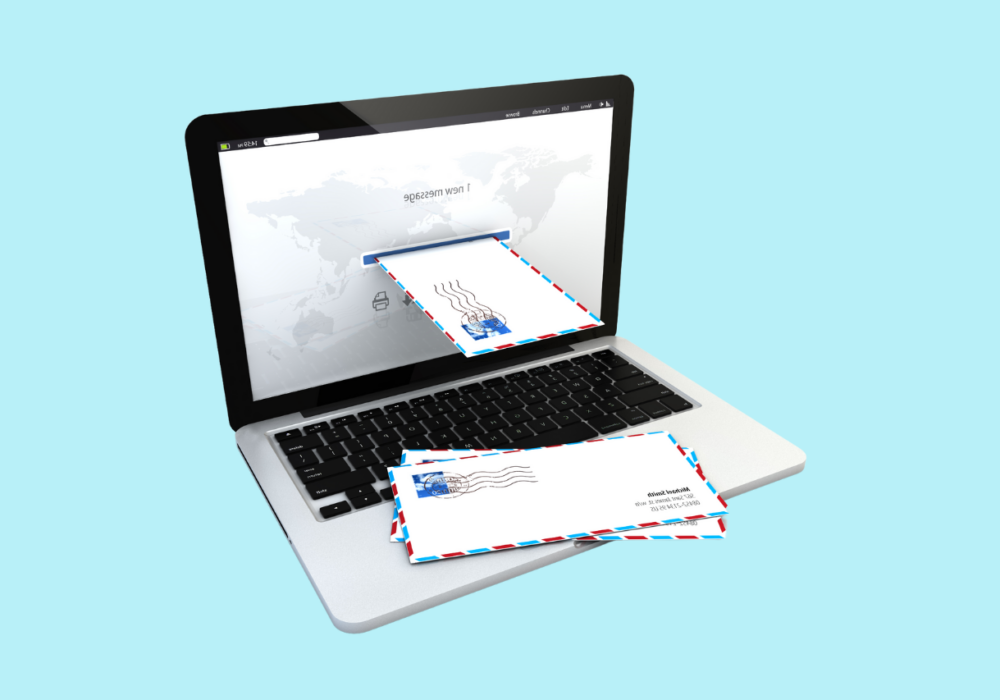There is no doubt that the current pandemic has a detrimental effect on marketing. Many countries around the world experience a drop in sales and are losing customers because they were forced into remote mode, and many of them were not ready for it. Econsultancy followed the impact of coronavirus on businesses in the United Kingdom, reporting that:
We can observe the same situation in the U.S., where, according to Influencer Marketing Hub:
From these numbers, you can notice how particular marketing strategies and approaches (social media marketing, online advertisement, etc.) are suffering from the overall negative effects of the pandemic around the world. Unfortunately, email marketing is not an exception. It is likely that businesses will have to change their rhetoric when it comes to shaping their email messages and adjusting them according to the demands that the global pandemic has put forward. In the wake of these changes, we prepared for you:
A month ago, Digital Commerce 360 posted research on the current email marketing status, saying that most brands don’t mention the coronavirus by name in their emails. The same rhetoric has been applied to the websites of different brands like Burberry and Shutterfly. It does remind of Harry Potter, the dark times, and the One that Must Not Be Named. However, the reason why the name of the coronavirus is not used in email marketing has actually more to do with PR. On this, Digital Commerce 360 quotes George Debb, a managing partner, and strategist at Red Socks Ventures, a company that does marketing consultancy. Debb says that the choice of words is related to the product. If the product doesn’t have anything to do with the coronavirus directly, then its name should be omitted. Nevertheless, some companies fear that their content will be blocked if it contains the name of the virus. There is a good reason for it, as some platforms deliberately block any content with the word ‘coronavirus’ in it. “At the beginning of March, many brands and individual influencers reported that YouTube blocked their content because it covered topics related to the virus or the overall pandemic,” says Dorian Martin, a researcher at WowGrade. Naturally, it is a good precedent to think that emails containing this keyword may end up in the spam or get blocked. So, let’s take a look at what you can do to shape your emails and have them deliver the right message.
Skillshare is a good example of it. They shaped their email marketing with the focus on supporting the community, emphasizing that they will continue serving their customers like before, at the same time thanking their subscribers for their loyalty. Why is it effective? During times, when the majority is forced to self-isolate for a long time, there is a chance that people will lose a sense of community. Focusing on it in your email marketing will help your customers feel a stronger connection to your brand as you remind them that they are a part of your community.
Many brands call upon their subscribers through email marketing to join the fight against the coronavirus. Canva, for instance, invited subscribers to use their emails to spread the information on how people can improve their safety during the pandemic. They didn’t have to mention the name of the virus, too. Why is it effective? People like when brands take a strong position or support a social cause. In the current situation, this support is needed more than ever. Inspiring your subscribers to advocate health and safety is a good way to both retain your customers and maximize your marketing efforts.
For example, Burberry sent out a newsletter notifying their subscribers about the efforts they made to help cope with the crisis, including repurposing their trench coat factory to make surgical gowns and investing money in vaccine development. Why is it effective? As we already mentioned, people like seeing brands support important social causes. These letters also reassure your subscribers that they support the right brand. Even though the word coronavirus seems everywhere, from news to billboards on the street, you don’t have to use it in your marketing emails. From the examples above you can see that their effectiveness depends not on a single word, but on the tone of communication, that should be all about maintaining the sense of community.
Since the beginning of the coronavirus pandemic, we’ve people forced to adjust to the new work-from-home routine. Naturally, the new routine brought new needs, which businesses need to take into account in their marketing campaigns as fast as possible. The same reality concerns email marketing, too. Your emails should focus on the changing needs of your customers, and sometimes even anticipate them. For instance, Chick-fil-A notified its customers via email that the company is increasing its food delivery capacities by collaborating with DoorDash, GrubHub, and Uber Eats, as many people are forced to stay at home and cannot visit their restaurants. Survey Monkey shared an email, in which the company described, how customers can apply its product to consumer surveys and polls, also providing a discount to their subscribers. This is a good example of anticipating the needs of your subscribers. In the wake of the pandemic, it is likely that many businesses and non-profits will survey their customers about the effects of the pandemic on their life. With their email, Survey Monkey offers its customers a ready solution, and in case they have the need to survey their customers, they know, which service to use.
Now, businesses struggle with customer retention more than ever. Many of them double their customer service efforts during the pandemic to keep customers notified about changes in services. While customer service is a more expensive solution, email marketing is more affordable and is as effective. Such emails are especially important for businesses that have a lot of customers, who couldn’t continue using their services because of the coronavirus pandemic, like Travelodge:
During the times, when your customers have a lot of uncertainties around them, make sure that they don’t have to worry about receiving services from you with the same consistency as they did before.
There is no doubt that the current pandemic has changed our approach to different marketing strategies, and email marketing is no exception. It is true that many businesses feel lost and have to constantly put out fires. It is hard to predict anything, as the current situation is changing so fast. That is why it is important to properly address your customers, and email marketing can be of great assistance here. Make sure that you focus on the needs of your customers and keep your subscribers informed about the changes in your services. You don’t even have to mention the virus to do it effectively, as our examples have shown you. Most importantly, try to tailor your language to the situation. Don’t try to downplay the scale, importance, or effects of the current pandemic. Instead, focus on supporting your subscribers, showing that we all are currently in the same shoes. Make emphasis on the sense of community and mutual support, as these work better against the virus than a vaccine. Author bio: Angela Baker is a professional writer, a blogger at TrustMyPaper, and an editor at GrabMyEssay. After getting her Master’s in marketing, she started her writing career doing market research for BestEssay Education but switched to professional writing to pursue her passion. She has also launched her blog, where she shares her knowledge about digital marketing and content writing.



Trusted by high-performing inbound sales teams and customer-facing teams globally.
Close more deals and delight more customers with the faster, smarter, deeper email analytics and performance optimization software that works straight from your team’s inbox.